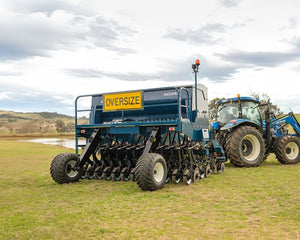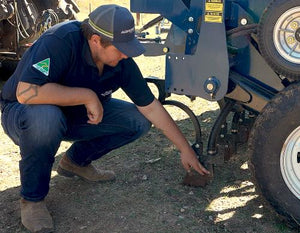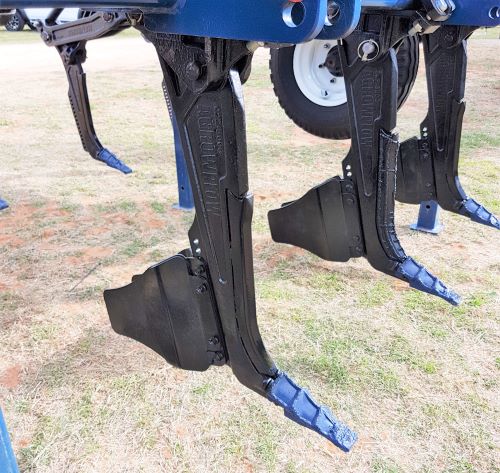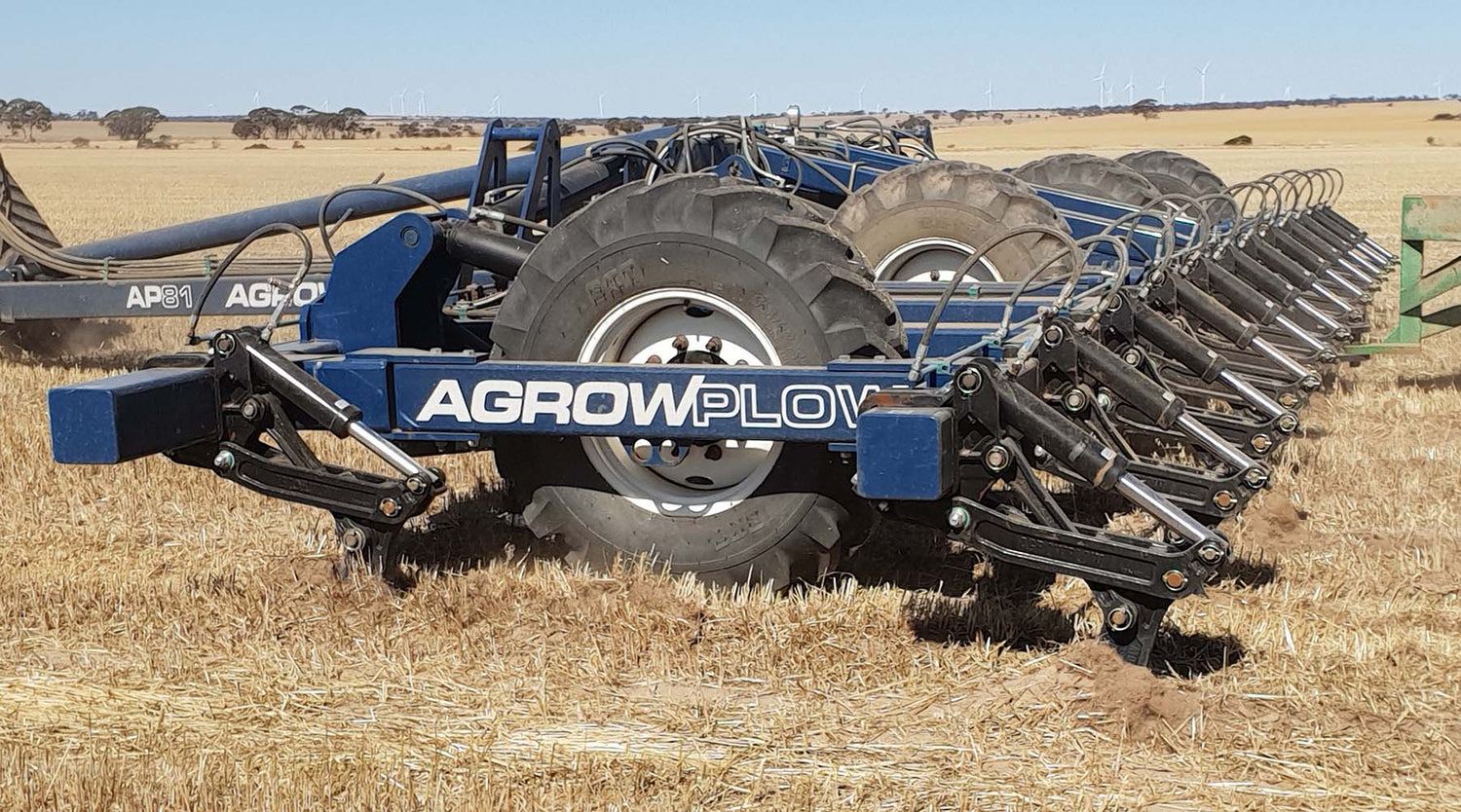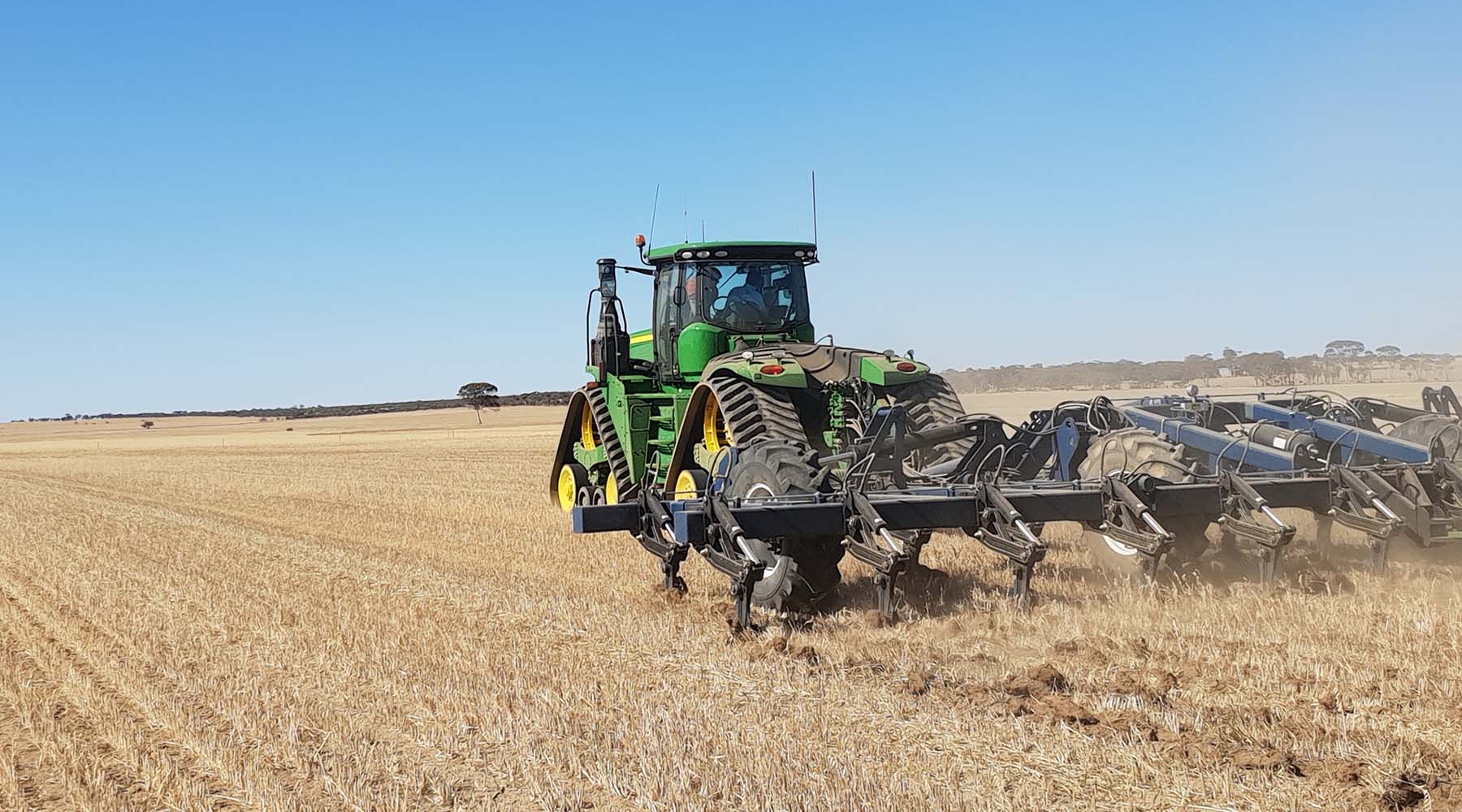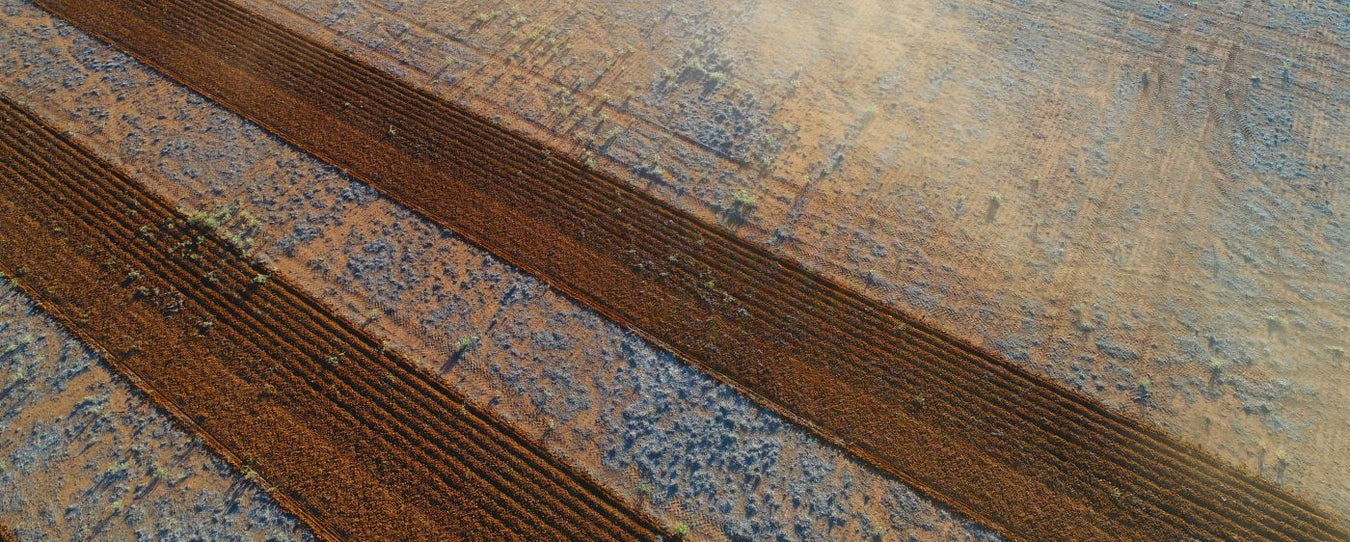Tynes, Layout and Spacings:
Finding the right spacing and tyne layout is important to make the ripping process easier and more efficient. Tynes will interact with each other and work together to loosen more soil when they operate in close proximity, reducing the overall effort needed to pull the ripper. However, if the tynes are spaced too close, the benefit decreases, and it becomes harder to pull the ripper through the soil because the tynes get overcrowded. Side by side, “V” configurations and shallow leading tyne (SLT) layouts all impact soil disturbance and draft requirements differently.

